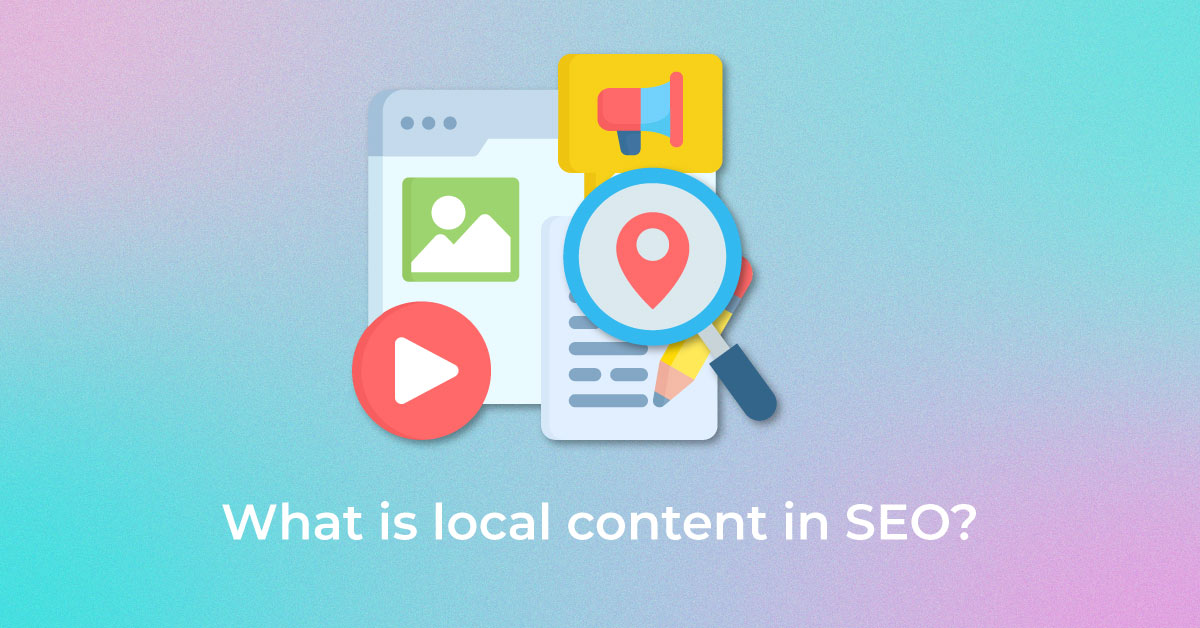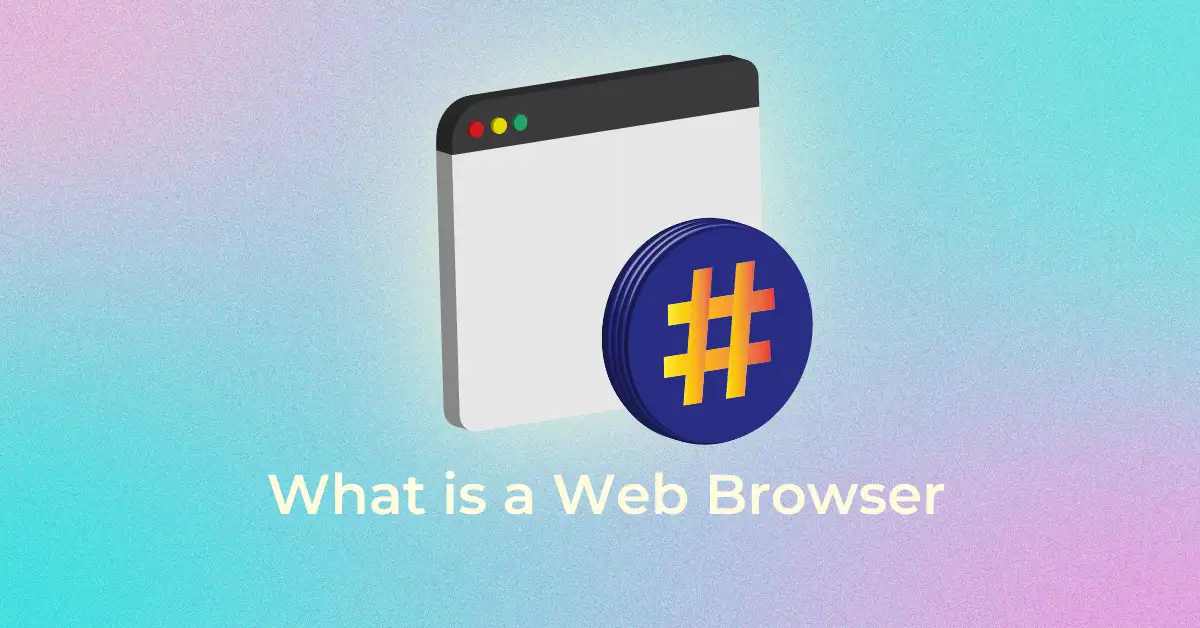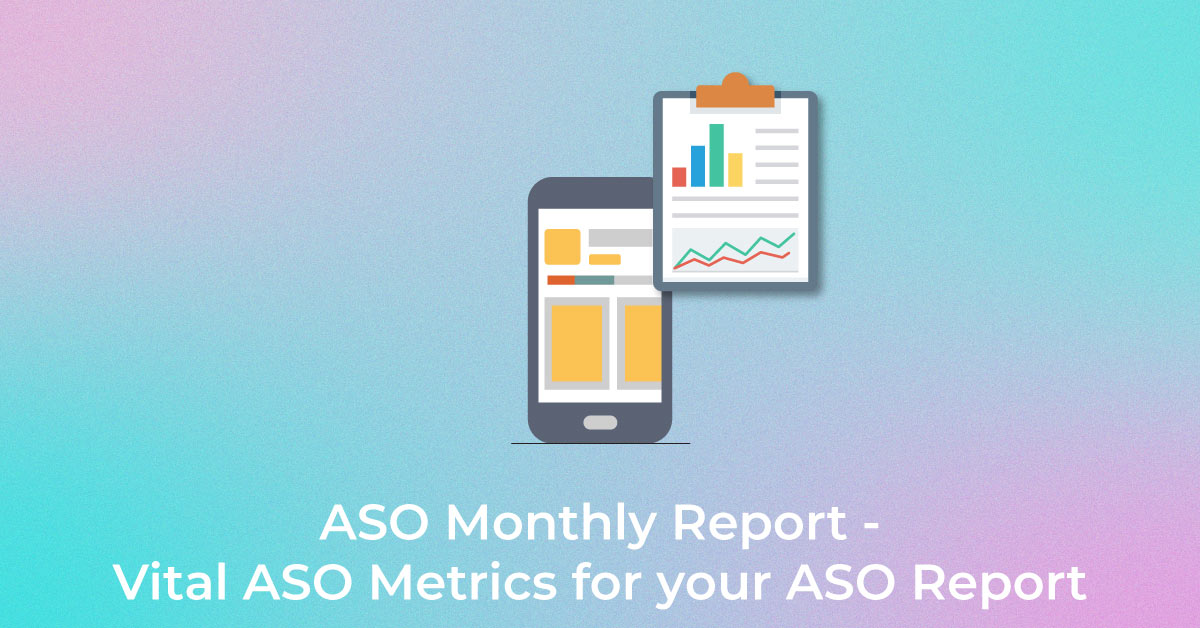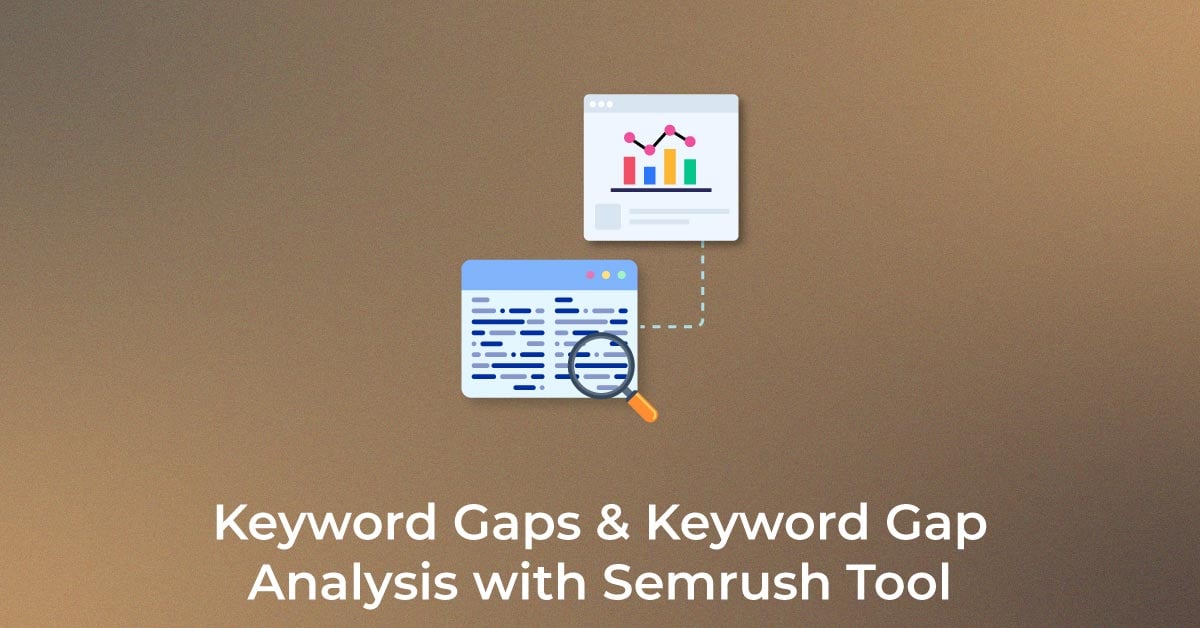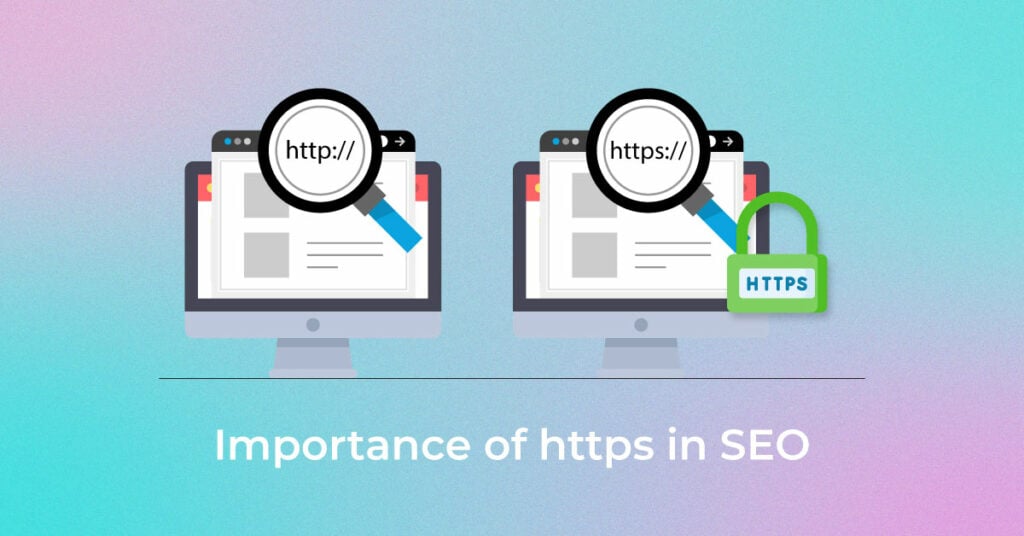
Witness an Increase in your ROI
Unlock higher rankings, quality traffic, and amplified conversions through tailored award-winning SEO strategies.
If you’ve been doing online searches for a long time, you must have noticed that there two types of results. One in which the websites has HTTP in the URL while others have https. So, what is HTTP? What is HTTPS? And what is the importance of HTTPS in SEO?
We have tried to answer these questions through the below content.
What is HTTP?
HTTP is a short form of Hypertext Transfer Protocol. It makes communication possible between different systems, mostly to transfer the data from a server to the browser. This data is what you see on your desktop, known as web pages.

Unleash your website's potential by harnessing Infidigit's 400+ SEO audit to achieve peak site health & dominance on Google organic search.
Looking for an extensive
SEO Audit for your website?
Unleash your website's potential by harnessing Infidigit's 400+ SEO audit to achieve peak site health & dominance on Google organic search.

What is HTTPS?
HTTPS stands for Hypertext Transfer Protocol Secure. S in HTTPS stands for secure or security. When information flows from server to browser, it can be manipulated, stolen, or hacked. This is where the SSL certificate helps by creating an encrypted connection between two communicating devices, thereby protecting user data and other sensitive information. The only difference between HTTP and HTTPS is that https keeps your website secure.
So, what is the importance of HTTPS in SEO? Below we have listed down how important is HTTPS in SEO.
1. Keeps site secured
Google prefers HTTPS over HTTP so that users have a safe browsing experience. Hackers are always on the look to attack vulnerable websites, mostly targeting small business websites or start-ups. HTTPS protects user’s information like personal details, card details, or other. Keeping everything safe and secure is important for users.
2. Improves Google Rankings
Almost all of the search results on the first page are HTTPS. This shouldn’t come as a surprise as Google have confirmed that they would favour search results with https websites.
The reason behind this move was to make sure that users have the best experience. Google does not prefer showing users an insecure connection. If your competitors have a secure site and you do not, there are high chances that your competitor would outrank you.
3. AMP
You must have noticed a lightning bolt or thunder-like symbol on the search engine results page. That symbol represents your website or that particular page to be AMP optimised. The primary advantage of AMP optimised pages are that it reduces the load time and bounce rate and is mobile friendly and enhances SEO. If you want to enable AMP on your website, having an https or SSL certificate is essential. This tells us how important it is to have your site secure, not only for security purposes but also for improving its performance.
4. Builds Trust
When you visit a website, your browser shows whether the connection is secured or not. No user would make a transaction on an unsecured website. That is so obvious because nobody wants to put their personal, transactional & card details at risk.
On the other hand, having a website with a secure connection boosts user confidence to shop. A secure connection builds trust by knowing that their information is safe.
5. CTR & Conversions
When a user identifies an unsecured version of websites in the search result, the chances for them to click on it becomes too less. The reason being, the availability of competitors with a secure connection. Although this improves the impression count, it decreases the number of clicks, resulting in poor CTR. A secured website will witness a higher rate of conversion than an unsecured version of the site as they are more trustworthy.
Google has been continuously telling people through hangout chats, tweets, and other forums about the importance of HTTPS in SEO. They have even admitted that it is also a minor ranking factor in search results. Having an unsecured version of the site with decreasing CTRs can lower the rankings of your search result. Keep in mind that a secured connection will bring you more comfort and peace while building trust and improving user experience.
Popular Searches
Private Blog Networks |Most Subscribed Youtube Channels |Permalink|Backlink Audit | People Also Ask |What Are Backlinks | Hreflang | Submit Url To Google | Local Seo Ranking Factors |Introduction To Schema Markup |Best Blogging Platforms |Reciprocal Links |Artificial Intelligence In Digital Marketing | Subdomain Vs Subfolder | Content Syndication |Google Disavow Links |What Are Google Alerts |Lsi Keywords |Eat Seo Guide |Website Navigation |Zero Search Volume Keywords |Dwell Time|Heatmap Tools|Google Hummingbird Update|Referral Traffic|What Is Digital Marketing And Its Types |How To Do Seo|Canonical Tags|What Is On Page Seo|Off Page Techniques In Seo| Link Building Companies |Image Optimization Seo |Seo Company In Boston |Dallas Seo Services|Seo Service In Houston
How useful was this post?
0 / 5. 0





